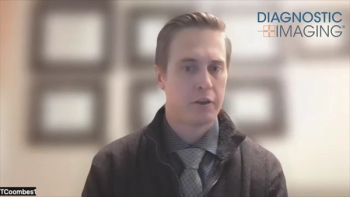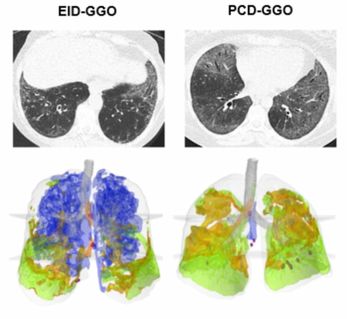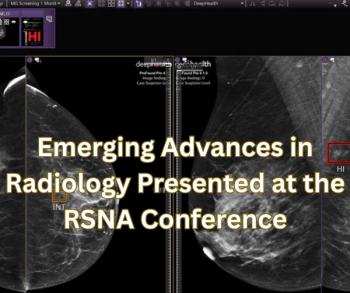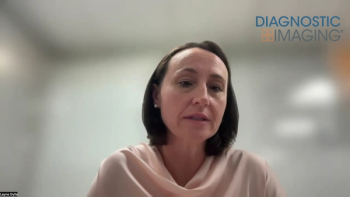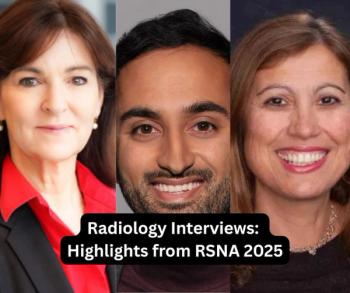
CT colonography diagnoses both cancer and osteoporosis
CT colonography can screen for both colorectal cancer and osteoporosis reliably at minimal additional cost and time, according to a study presented Tuesday at the RSNA meeting.
CT colonography can screen for both colorectal cancer and osteoporosis reliably at minimal additional cost and time, according to a study presented Tuesday at the RSNA meeting.
Because the images are cross-sections of the entire body, CT colonography scans can also be constructed into a three-dimensional model of the spine, which can be used to measure bone mineral density, according to lead author Rizwan Aslam, an assistant clinical professor of radiology at the University of California, San Francisco. This information can then be used to determine the risk or presence of osteoporosis.
"We wanted to look at the ability of CT to not only screen for colon cancer but also allow identification of patients with osteoporosis and we thought we could crack both of them with this test," Aslam said.
A study at San Francisco VA Hospital compared the results of CT colonography scans with those of dual x-ray absorptiometry examinations, the standard imaging technique used to score bone mineral density and diagnose osteoporosis. The study compared DXA scores with CT colonography results in 30 men and five women ranging in age from 54 to 79.
Results showed excellent agreement between the DXA bone mineral density scores and the data obtained through the CT colonography study. The ability to perform colonography and bone densitometry simultaneously could be especially valuable because colon cancer and osteoporosis both affect adults over the age of 50. Doubling up the exams also means avoiding radiation exposure from a second scan.
"Virtual colonoscopy can successfully evaluate patients for osteoporosis, and colonoscopy provides valuable information on osteoporosis risk with no additional radiation or cost," Aslam said.
Newsletter
Stay at the forefront of radiology with the Diagnostic Imaging newsletter, delivering the latest news, clinical insights, and imaging advancements for today’s radiologists.

